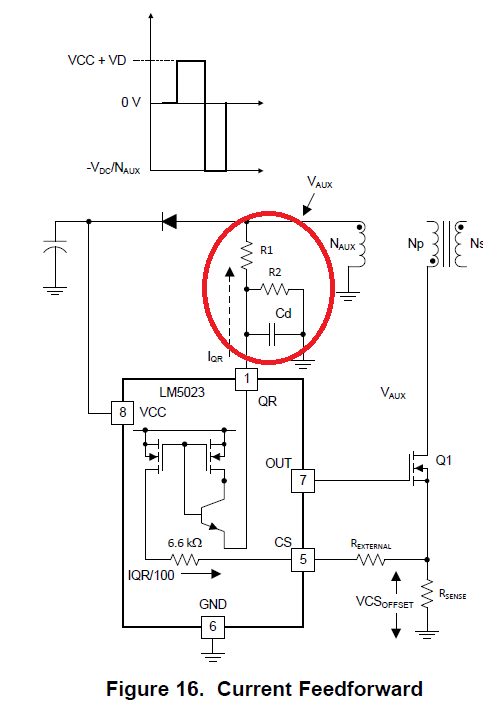Other Parts Discussed in Thread: PMP
Hello Team,
As per LM5023 datasheet, it uses the transformer auxiliary winding for demagnetization detection to ensure quasi-resonant operation (valley-switching) to minimize switching losses.
As per figure 23 and 24 of the datasheet, primary MOSFET switches ON exactly at first valley of VDS waveform.
However from PMP8655 test results, primary MOSFET switches ON at third valley of VDS waveform.
What factors in the design will determine this switching point?
Isn't switching on first valley cause least amount of switching losses?
Regards,
Mahendra


